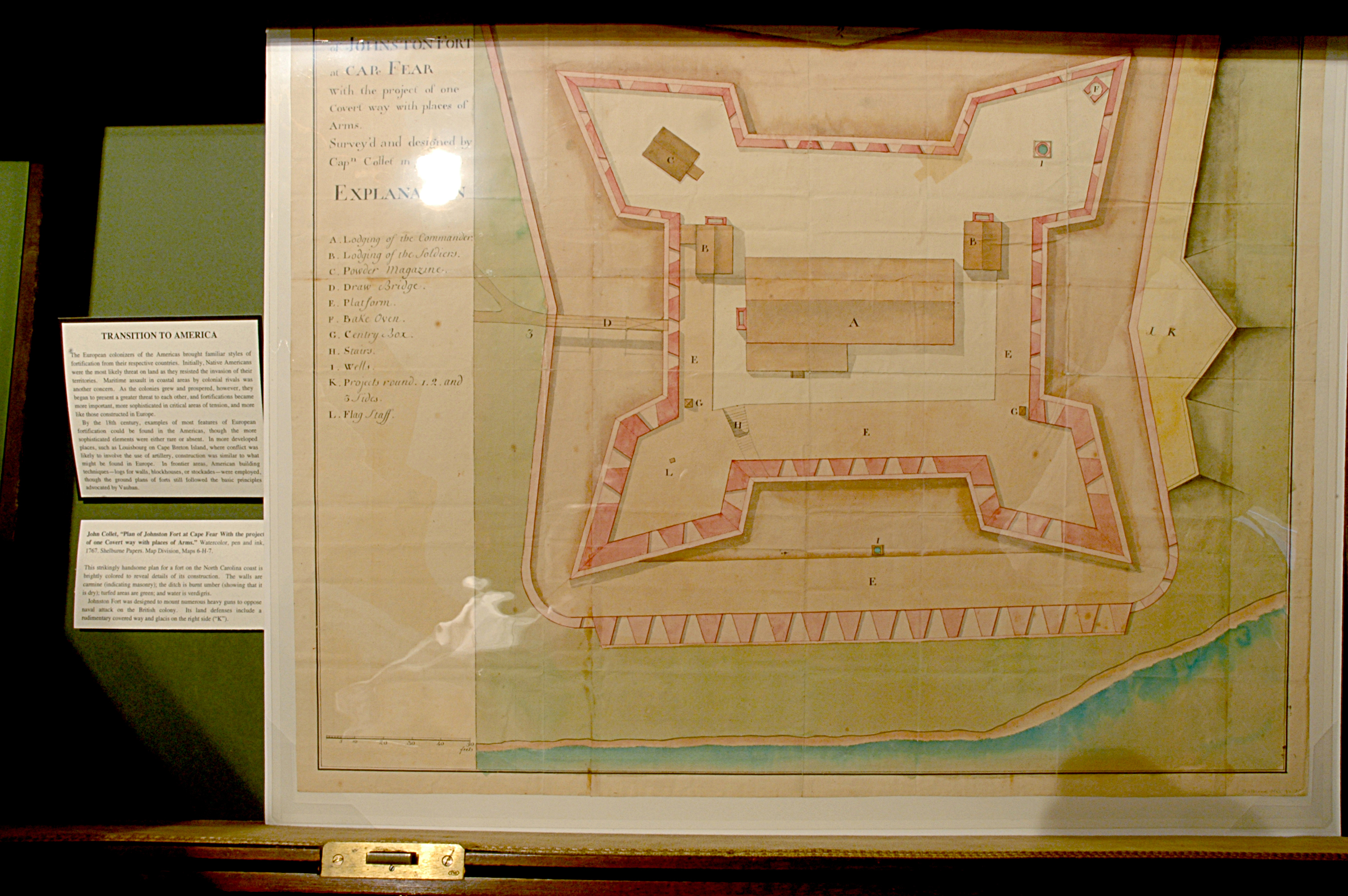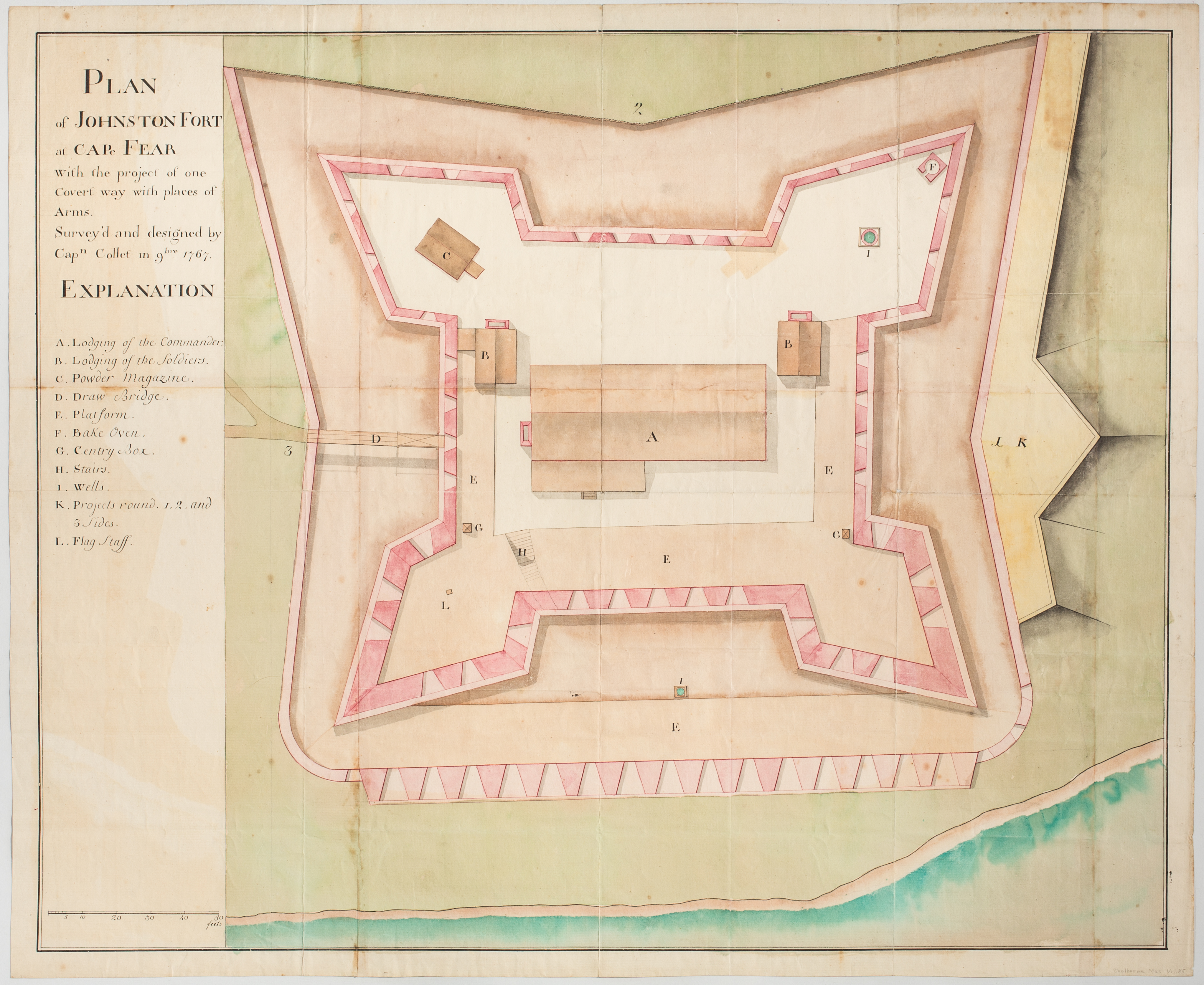Case 4
Case 4: Transition to America
The European colonizers of the Americas brought familiar styles of fortification from their respective countries. Initially, Native Americans were the most likely threat on land as they resisted the invasion of their territories. Maritime assault in coastal areas by colonial rivals was another concern. As the colonies grew and prospered, however, they began to present a greater threat to each other, and fortifications became more important, more sophisticated in critical areas of tension, and more like those constructed in Europe.
By the 18th century, examples of most features of European fortification could be found in the Americas, though the more sophisticated elements were either rare or absent. In more developed places, such as Louisbourg on Cape Breton Island, where conflict was likely to involve the use of artillery, construction was similar to what might be found in Europe. In frontier areas, American building techniques—logs for walls, blockhouses, or stockades—were employed, though the ground plans of forts still followed the basic principles advocated by Vauban.
John Collet, “Plan of Johnston Fort at Cape Fear With the project of one Covert way with places of Arms.” Watercolor, pen and ink, 1767. Shelburne Papers. Map Division, Maps 6-H-7.
This strikingly handsome plan for a fort on the North Carolina coast is brightly colored to reveal details of its construction. The walls are carmine (indicating masonry); the ditch is burnt umber (showing that it is dry); turfed areas are green; and water is verdigris.
Johnston Fort was designed to mount numerous heavy guns to oppose naval attack on the British colony. Its land defenses include a rudimentary covered way and glacis on the right side (“K”).




